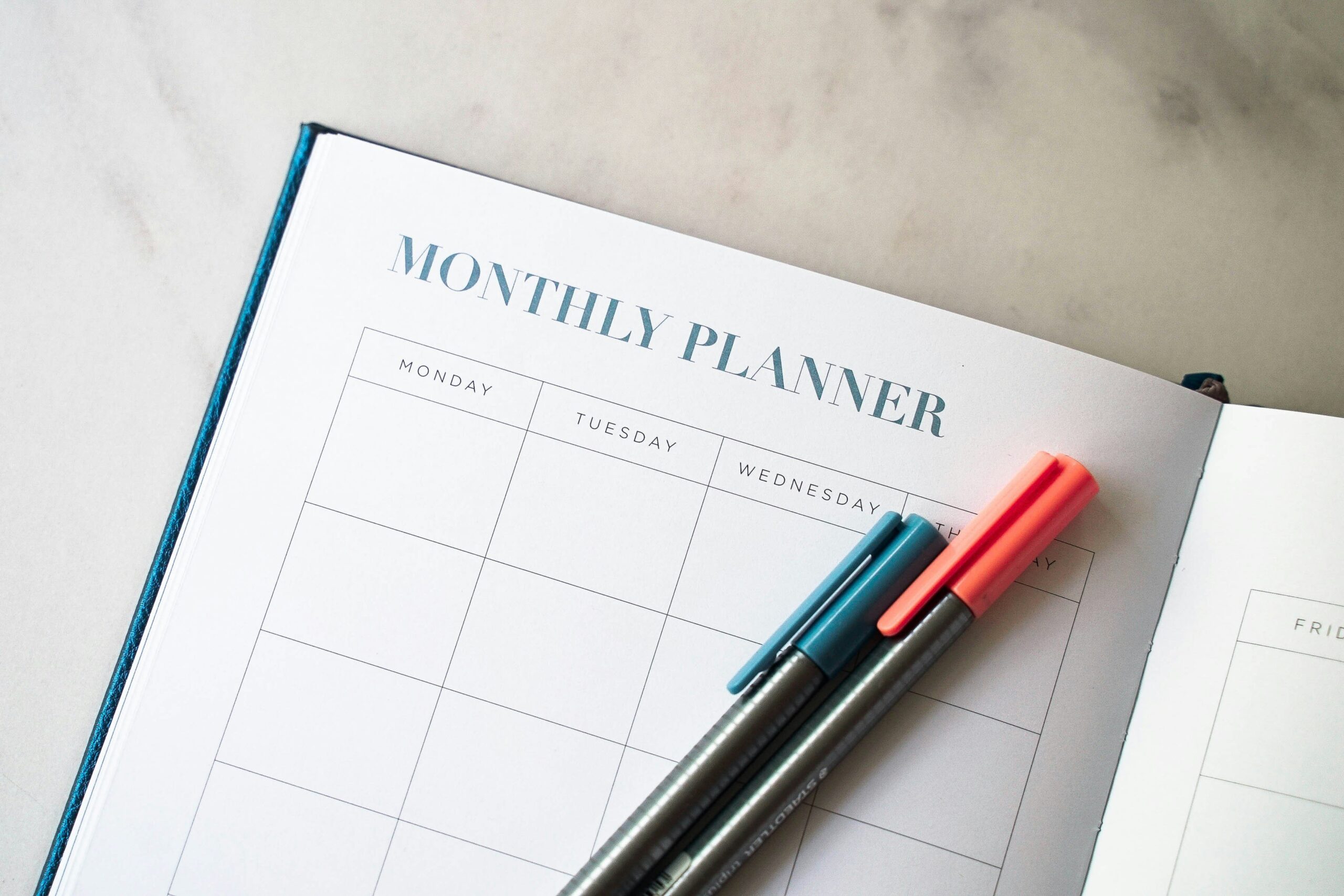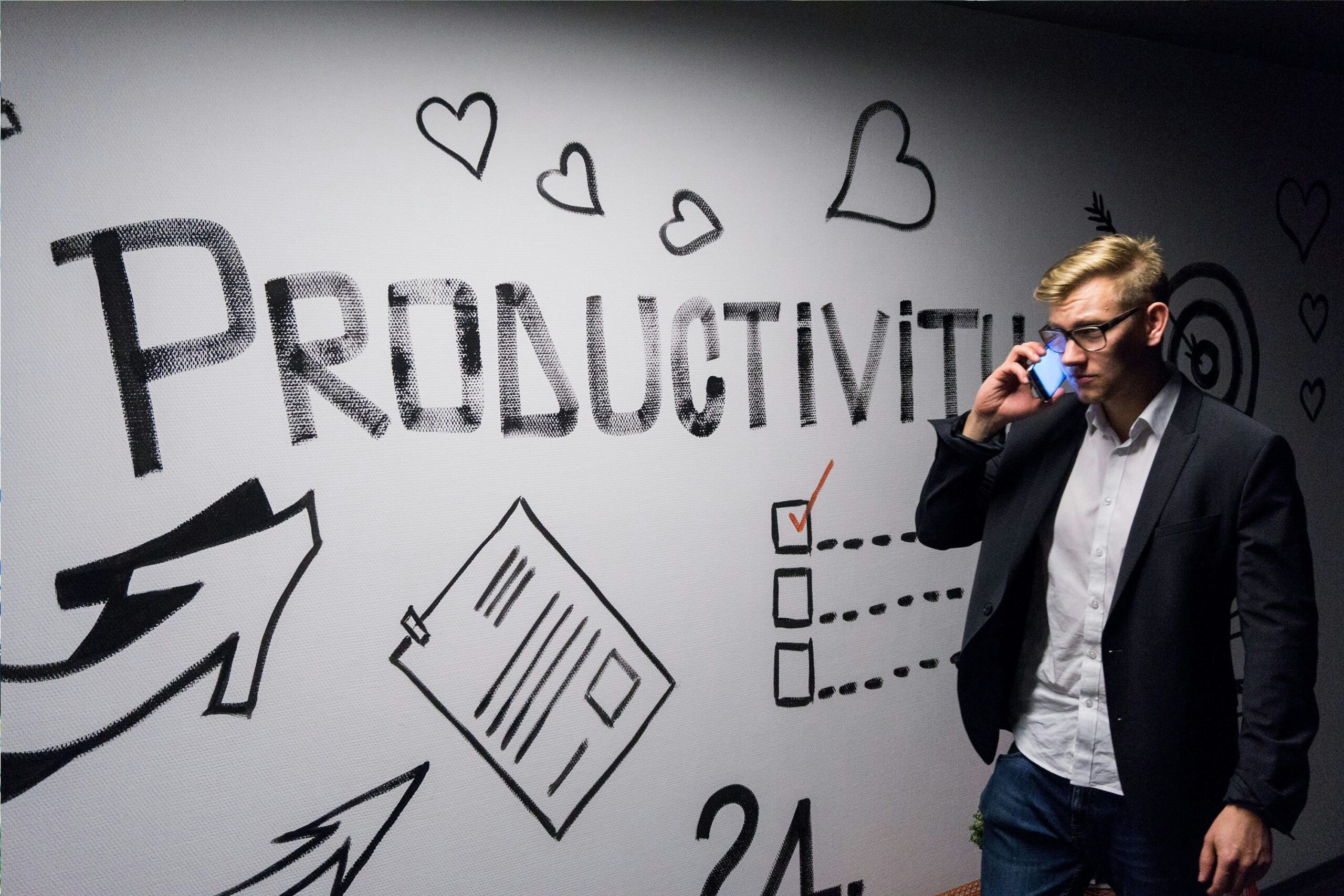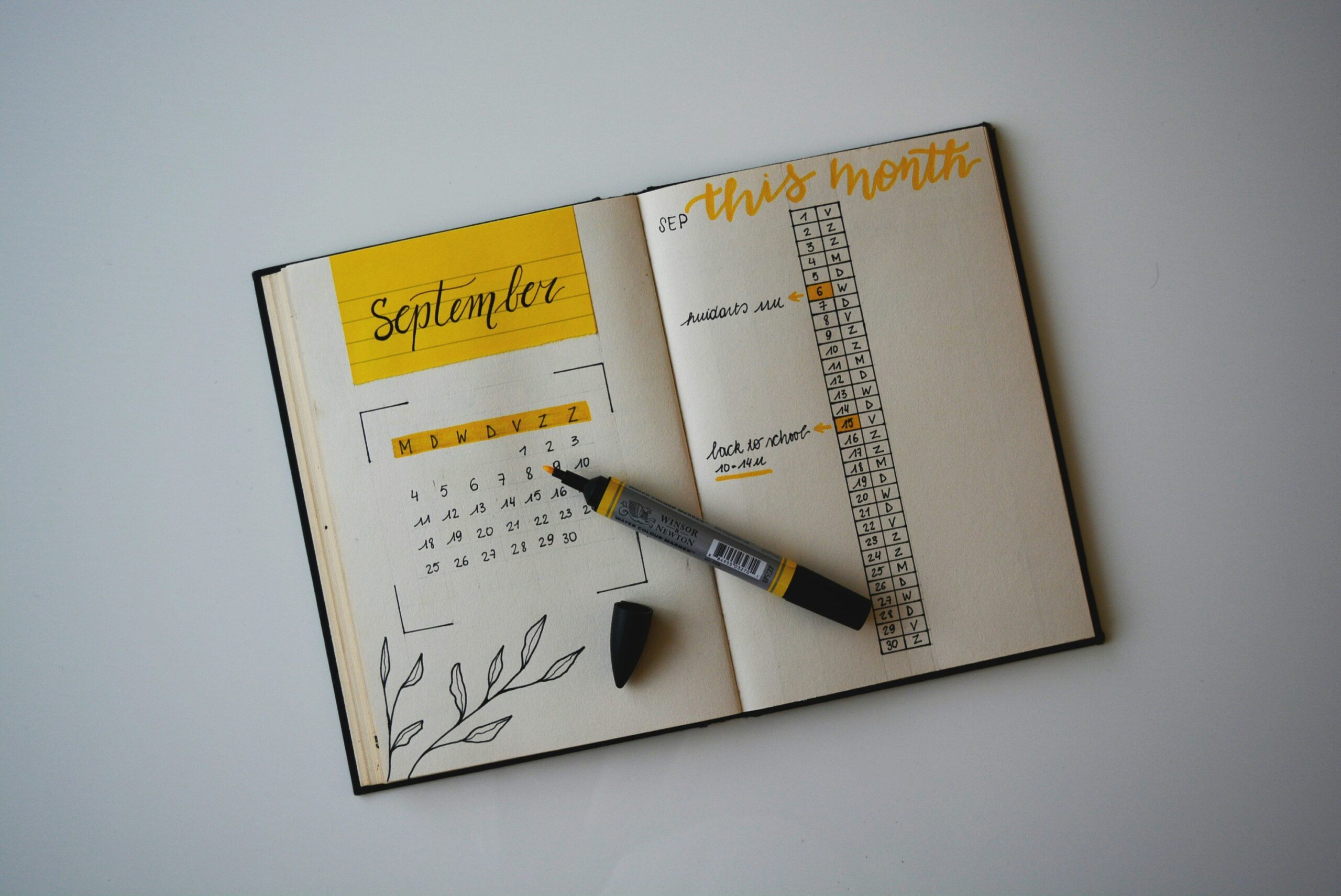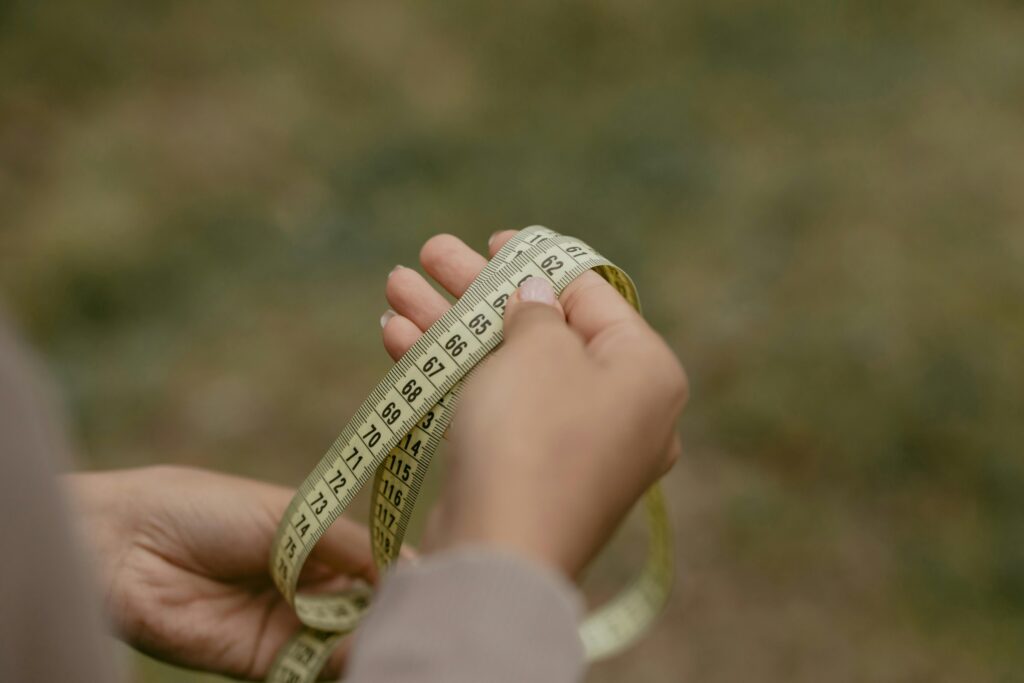“Ever stared at your to-do list, paralyzed by how much you have to do and no clue where to start?”
If you nodded yes—or felt personally attacked—welcome. You’re not alone. Studies show that 41% of adults feel overwhelmed by their daily tasks, often leading to burnout. But here’s the kicker: it’s not just about being busy; it’s about how we manage our time.
In this post, we’ll dive into why using a daily planner app could be the missing piece in your productivity puzzle. You’ll learn how these apps work, what features to look for, tips on choosing one, and even some terrible advice you should avoid (you’re welcome). We’ll wrap up with examples, FAQs, and a healthy dose of honesty. Let’s get started!
Table of Contents
- Why Use a Daily Planner App?
- How to Choose the Best Daily Planner App
- Tips to Maximize Productivity with Your Planner App
- Real-Life Success Stories
- Frequently Asked Questions About Daily Planner Apps
Key Takeaways
- A good daily planner app helps prioritize tasks, reduce stress, and boost focus.
- Look for customizable layouts, reminders, analytics, and cross-platform syncing when choosing an app.
- Consistency is key—small habits around planning can yield big results over time.
- Avoid apps overloaded with unnecessary features—they might distract rather than help.
Why Use a Daily Planner App? (The Pain Points You Hate)
Let me confess something embarrassing: I once spent three hours trying to organize my notes for ONE blog post. THREE HOURS. Why? Because my life was a scattered mess of sticky notes, random emails, and half-written drafts on Google Docs. Sounds familiar?

The truth is, our brains aren’t built to juggle dozens of priorities without help. That’s where a daily planner app comes in. Unlike paper planners (which are lovely but limited), digital tools sync across devices, offer real-time updates, and come packed with features designed specifically for modern lifestyles.
Grumpy Optimist Dialogue:
Optimist You: “Oh wow, a daily planner app will solve ALL my problems!”
Grumpy You: “Ugh, fine—but only if coffee’s involved.”
But seriously, let’s talk benefits:
- Better Time Management: Easily break down your day into manageable chunks.
- Reduced Stress: Seeing everything laid out calms overwhelm.
- Improved Focus: No more multitasking disasters—just one thing at a time.
How to Choose the Best Daily Planner App
Step 1: Identify Your Needs
First, ask yourself: What do YOU need most from a planner? Are deadlines killing you? Do you want habit trackers? Or maybe visual goal boards matter to you. For example:
– **Deadlines Slave:** Try Any.do or Todoist.
– **Habit Hacker:** Look into Habitica or Streaks.
– **Goal Getter:** Consider Notion or Trello.
Step 2: Explore Features
Different daily planner apps bring different strengths:
- Customizability: Drag-and-drop interface? Checklists? Kanban boards?
- Integration: Syncs with Gmail, Slack, or Health apps?
- Analytics: Progress reports sound boring, but trust me—they’re chef’s kiss for drowning algorithms.
Step 3: Test Before Committing
Download free versions first. Spend a week testing each app before committing. And please, don’t hoard five planner apps—it’s like having five gym memberships.
Tips to Maximize Productivity with Your Planner App
- Prioritize Ruthlessly: The 80/20 rule applies here—focus on tasks that drive 80% of results.
- Block Time Wisely: Allocate specific “time blocks” for deep work and stick to them.
- Use Reminders Sparingly: Too many notifications = sensory overload.
- Review Weekly: Reflect on what worked and adjust next week accordingly.
- TERRIBLE Advice Alert: Ignore apps promising overnight success—they won’t deliver. Consistency beats gimmicks every time.
Rant Section:
Okay, rant mode activated. Ever tried those apps that bombard you with motivational quotes EVERY SINGLE MINUTE? Yeah, save the platitudes for Instagram. I don’t need another notification telling me “Start NOW!” while I’m still deciding which socks to wear. #PrioritiesPeople.
Real-Life Success Stories
Case Study 1: Sarah’s Transformation
Sarah, a freelance designer, went from spending hours scrolling through Pinterest to managing her projects seamlessly with Notion. Her secret? Creating a template within the app that combined task lists, design inspiration boards, and client communication schedules—all in one place.
Case Study 2: Mark’s Fitness Journey
Mark credits his new workout routine to Habitica. By gamifying his fitness goals, he turned exercise into a fun RPG game where completing workouts earned him points. Now, he’s lost 20 pounds and unlocked level 50 in-game. Nerd alert!

Frequently Asked Questions About Daily Planner Apps
Q1: Is there a free daily planner app worth using?
Absolutely! Google Keep and Microsoft To Do are solid free options. Just beware of feature limitations compared to paid versions.
Q2: Can daily planner apps replace paper planners entirely?
For most people, yes. However, pen-and-paper lovers might prefer hybrid systems—for instance, jotting quick notes offline then inputting them digitally later.
Q3: Will switching between planner apps confuse me?
Yes. Stick to one system until it truly doesn’t meet your needs anymore. Flipping constantly creates chaos—not structure.
Conclusion
A well-chosen daily planner app isn’t just a tool—it’s your personal assistant, coach, and cheerleader rolled into one sleek package. With consistent use, smart strategies, and a dash of patience, you’ll transform chaos into clarity.
To recap:
- Your brain deserves help prioritizing and organizing—you deserve peace of mind.
- Choose a planner app based on YOUR unique needs and test wisely.
- Skip flashy shortcuts—consistency reigns supreme.
Ready to take control of your days? Download a planner app today. Oh, and remember: Rome wasn’t built in a day… but it probably had excellent project management software.
Like a Tamagotchi, your daily planner app needs daily care. 🌱✨


